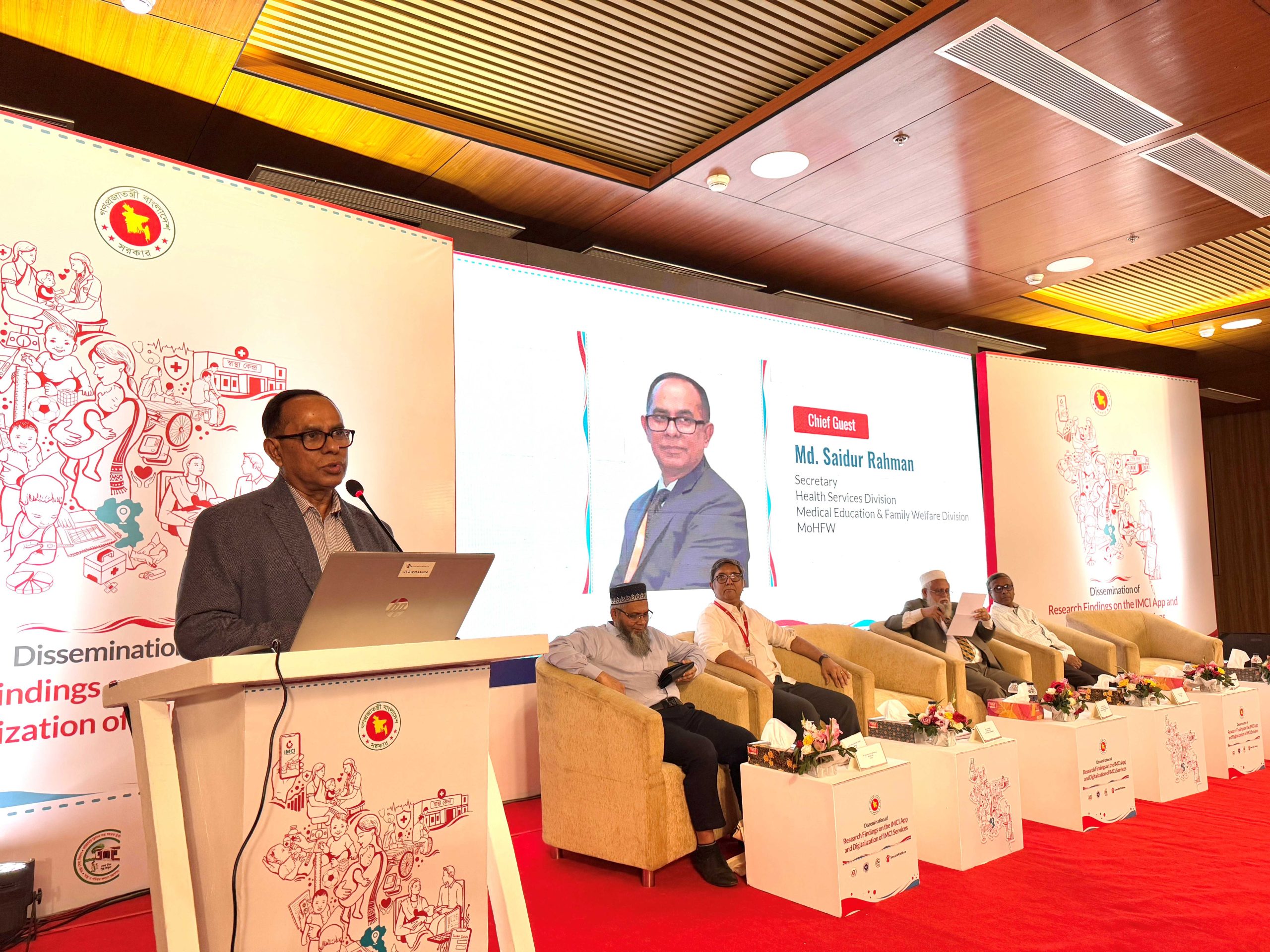On a notable growth track with a few aberrations, the country’s economy was on a dynamic growth path in the calendar year 2017. It was in line with the trend witnessed in the recent years. However, it encountered a few hindrances with the governance failure in the banking sector topping the list. Inflationary pressure in the final months of the year was a cause of concern for both consumers and the government; it affected the latter more due to next general elections. Two consecutive floods, including the flash flood in Haor areas, caused substantial damage to major rice crops which contributed to the rise in rice prices to an all-time high. However, Ministry of Food’s rash decision making about food imports was mostly responsible for the deterioration of the food price situation. Most macro indicators were stable in 2017, but not to the extent seen in the preceding years. There were a few exceptions. Debt, both external and internal, continued to be sustainable with fiscal deficits remaining at the projected level of 5.0%.
The overall balance of payments (BoP), however, was in the negative ($225 million at the end of October last compared to a surplus of $2.05 billion a year back) as the current account faced massive deficits of $3.311 billion. The trade deficit widened further to $5.8 billion during July-October period of FY 18 compared to that of $2.8 billion during the corresponding period of last fiscal.
A higher FDI flow and less pressure on foreign debt repayments helped the financial account remain at a comfortable level. At the end of last October, it had a surplus of $2.67 billion.
The accumulation of reserves also took place at a slow pace in the year under review because of lackluster export performance and decline in remittance earning. The reserve was over $33 billion at the end of October 2017.
After a long time, the real effective exchange rate of Bangladesh taka vis-à-vis the greenback depreciated providing some incentive to the exporters and the remittance senders. However, imported goods, including essential ones, stood to be costlier by the latest development.
Overall investment in the financial year 2016-17 was on track with an increase in the investment rates of both private and public sectors. The increase in investment was higher in the case of the public sector that is now implementing some mega projects, including the much-hyped Padma Bridge. However, the situation in 2017 appears to be slightly different. The pace of implementation of Padma Bridge has lately slowed down mainly due to problems with designs of a good number of its main piers. The Padma Bridge execution slowdown would invariably have a negative impact on the public sector expenditure during fiscal 2018.
The private sector credit growth during the year was healthy compared to that of the previous years. Involvement of the private sector in large infrastructure projects, higher import of raw materials and capital machinery and banks’ focus on personal and SME financing helped private sector credit growth. The central bank also took a few credit-boosting initiatives during the year under review.
But that was not true in the case of the public sector as the credit growth was somewhat negative against the projection made in the budget for the current financial year. The government got plenty of liquid cash from the sale of its high-interesting bearing savings tools. So, it showed little interest in mopping up resources through treasury bills and bond auctions. But the interest burden on account of savings tools continued to rise throughout the year.
Inflation that had declined, to some extent, in the initial months of 2017, started climbing and reached a two-year high of 6.12% in September. The rise in food inflation, mainly due to a surge in rice and vegetable prices, was responsible for the uptick in the overall inflation. However, there were signs of moderation in the last three months of the year. But onion and rice prices surged tremendously. The rice prices recorded increase even during the harvesting of Aman, a significant rice crop.
“Country’s exports grew at only 1.7% in the fiscal year 2018. On the other hand, the trend in the first half of the current FY was a bit better. During the first four months of FY 2018, the export growth was 7.63% over that of the corresponding period of the previous fiscal.”
The government was found to be as aggressive as before in setting its revenue mobilization target, particularly in the case of tax receipts, for the FY 2018. The aggregate revenue collection target has been set at Tk 2.48 trillion for the fiscal, expecting a robust 34% growth over the previous fiscal’s collection of Tk 1.85 trillion. The actual collection by the National Board of Revenue (NBR) during the first five months of the current fiscal missed the target by Tk 95 billion. Structural deficiencies in revenue mobilization were mostly responsible. Though some reforms are on the cards, their implementation remains to be unusually slow.
The government is now encountering an unforeseen problem, the influx of Rohingyas from neighboring Myanmar. More than 700,000 Rohingyas have taken refuge in Bangladesh to escape persecution by the Myanmar military. The influx of Rohingyas has become a budgetary burden on the government as the cost of feeding and meeting other essential requirements of the refugees is quite high. Though international aid is pouring in, its availability remains uncertain over a more extended period.
The development expenditure in the first half was almost on a par with that made in the corresponding period of the previous years. The utilization of resources allocated in the annual development programmes (ADPs) in the first half of any financial year has always been lower than expected. It remains so even until the third quarter of a fiscal. However, something magical happens in the final quarter. More than 60% of the ADP is implemented during that quarter!
Nevertheless, the ADP execution rate might be lower this time since the execution of a very cost-intensive project, the Padma Bridge, slowed down because of fault in the design of its central piers.
The government, however, has intensified a few key projects, including large power plants, keeping in view the next general election which is scheduled for the latter part of 2018. The private sector has been the prime mover in the power and energy sector. Despite the improvement in power situation, consumers are found to be annoyed over the recent hike in power tariff. They tend to believe that power sector has been made hostage to a few profit-hungry sponsors of rental power plants.
Country’s exports grew at only 1.7% in the fiscal year 2018. On the other hand, the trend in the first half of the current FY was a bit better. During the first four months of FY 2018, the export growth was 7.63% over that of the corresponding period of the previous fiscal. The capital market traversed in the ‘on-again, off-again’ path throughout the year. There were attempts to create an artificial surge in stock prices in the second half of the year. But it could not be sustained for long because of the absence of a sufficient number of genuine and long-term investors and quality issues.
A few developments in the banking sector including deteriorating financial health some third generation banks, management change of some private banks under mysterious circumstances and surge in soured assets of banks were listed as major sore points in an economy that has been growing at a decent pace. Nonetheless, some skeptics point to the absence to, what they describe, ‘feel good’ element in the economy, while expressing doubts about the quality of the data dished out by the Bangladesh Bureau of Statistics (BBS), the national statistical organization, on economic growth performance.
* The writer is a senior journalist. He can be reached at zahidmar10@gmail.com















